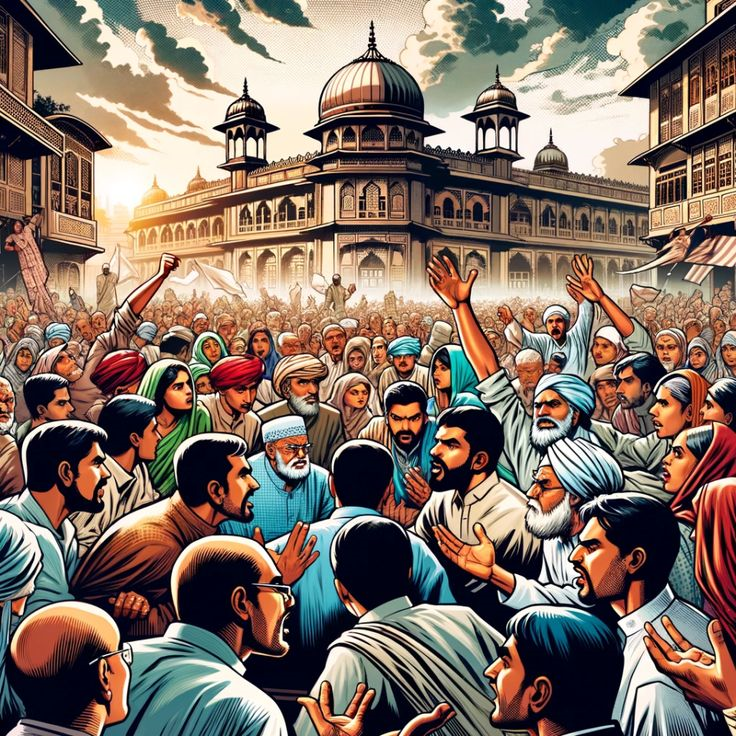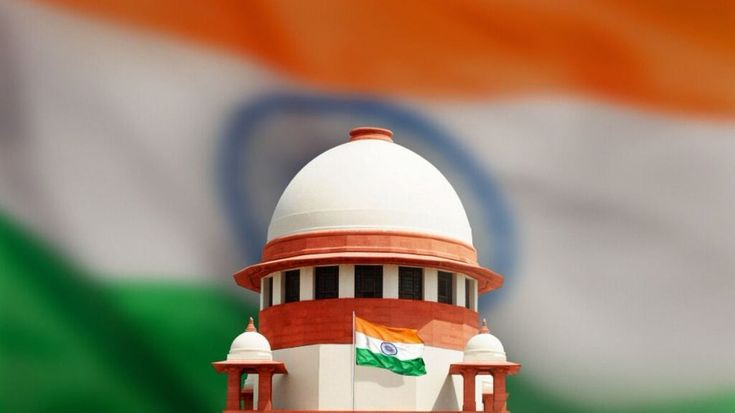Constitutional Position of the President
The President of India is the constitutional head of the Republic of India and the supreme commander of the Indian Armed Forces. Enshrined under Articles 52 to 78 of the Constitution, the office symbolizes the unity, integrity, and continuity of the nation. Though largely ceremonial, the President exercises significant executive, legislative, judicial, and emergency powers, which play a crucial role in maintaining the constitutional balance in India’s parliamentary democracy.
The framers of the Constitution envisioned a system where the President, while acting on the aid and advice of the Council of Ministers under Article 74, would ensure stability and neutrality in governance. This ensures that the President functions as a bridge between the executive, legislature, and judiciary, preserving the rule of law and upholding the Constitution.
Executive Powers of the President
The executive powers of the President, enshrined in Article 53, allow him to act as the formal head of the State in matters of administration. These powers include:
- Appointment Powers: The President appoints the Prime Minister, Council of Ministers, Governors of States, Ambassadors, Judges of the Supreme Court and High Courts, and other constitutional functionaries. These appointments ensure that the machinery of governance operates smoothly.
- Administrative Powers: All executive actions of the Union Government are formally taken in the name of the President. While day-to-day administration is carried out by ministers, the President’s approval is constitutionally necessary for the validity of executive actions.
- Removal Powers: The President has powers to remove certain officials, like Governors or key constitutional functionaries, under specified conditions to ensure accountability.
Though the President acts on ministerial advice, his executive powers are critical for legitimacy and continuity of governance.
Legislative Powers of the President
The President plays a key role in the legislative process. Articles 86, 107, 111, 123, and 174 outline his legislative powers:
- Summoning and Proroguing Parliament: Under Article 85, the President summons both Houses of Parliament, can prorogue sessions, and dissolve the Lok Sabha.
- Assent to Bills: The President must give assent to bills passed by Parliament for them to become law. The President can return ordinary bills for reconsideration but cannot withhold assent to Constitution Amendment Bills.
- Ordinance-Making Powers: Under Article 123, the President can promulgate ordinances when Parliament is not in session, enabling immediate legislative action on urgent matters.
- Addressing Parliament: The President delivers an annual address to Parliament, outlining the Union Government’s priorities and legislative agenda.
Thus, the President ensures a constitutional check while facilitating the functioning of the legislature.
Judicial Powers of the President
The President also possesses significant judicial powers, primarily relating to the grant of pardons and mercy. Articles 72 and 161 empower the President to:
- Pardon, reprieve, remit, suspend, or commute sentences in cases involving offenses against Union law or military service.
- Exercise discretionary powers in rare instances where justice requires intervention, especially in death penalty cases.
These powers ensure humanitarian relief, reinforce judicial fairness, and act as a safeguard against judicial errors, reflecting the moral authority of the office.
Emergency Powers of the President
The Constitution vests the President with extraordinary powers during crises under Articles 352, 356, and 360:
- National Emergency (Article 352): Can be declared in cases of war, external aggression, or armed rebellion, allowing Parliament to legislate on state subjects and extend the tenure of legislatures.
- President’s Rule in States (Article 356): Allows the President to assume control of a state if its constitutional machinery fails, ensuring governance continuity.
- Financial Emergency (Article 360): Empowers the President to direct states to reduce salaries or expenditures in cases of financial instability.
Emergency powers underscore the safeguard role of the President in preserving national integrity and constitutional governance.
Real-Time Example
A practical example of the President exercising his powers is the 2019 exercise of the President’s ordinance power. When Parliament was not in session, the President promulgated the Citizenship Amendment Act (CAA) ordinance, enabling immediate legislative intervention on urgent social and political matters.
Similarly, during the COVID-19 pandemic, the President’s role in issuing ordinances and approving state-level emergency measures demonstrated the dynamic and responsive nature of presidential powers. Another notable example is President’s clemency powers, such as commuting death sentences in high-profile cases, reflecting humanitarian discretion provided under Articles 72 and 161.
Limitations and Safeguards
Despite extensive powers, the President is not an absolute authority. Most powers are exercised on the aid and advice of the Council of Ministers, as mandated by Article 74. The President’s discretion is limited to exceptional situations such as:
- Appointing a Prime Minister when no party has a clear majority
- Returning a bill for reconsideration
- Using mercy powers in judicial matters
Judicial oversight, parliamentary scrutiny, and constitutional conventions act as checks on misuse, maintaining the balance of power between the executive, legislature, and judiciary.
Mnemonic to Remember – “PRESIDENT”
To easily recall the powers and functions of the President, use the mnemonic “PRESIDENT”:
- P – Pardoning powers (Articles 72 & 161)
- R – Regulatory role in legislation (Assent, Ordinances)
- E – Emergency powers (Articles 352, 356, 360)
- S – Summoning and proroguing Parliament (Articles 85 & 174)
- I – Installation of key officials (PM, Judges, Governors)
- D – Discretionary powers in exceptional cases
- E – Executive actions (Article 53)
- N – Neutrality in political matters
- T – Treaty powers and international relations
This mnemonic highlights that the President’s powers are multi-faceted, balancing ceremonial, executive, legislative, judicial, and emergency responsibilities.
Mnemonic Recap:
PRESIDENT → Pardoning, Regulatory, Emergency, Summoning, Installation, Discretionary, Executive, Neutrality, Treaty powers
About lawgnan:
Explore the Powers and Functions of the President of India at Lawgnan.in and gain a comprehensive understanding of the President’s executive, legislative, judicial, and emergency powers under Articles 52–78. Discover how the President safeguards constitutional values, ensures national stability, and acts as the symbol of India’s unity and integrity. Learn from landmark cases, practical examples, and the PRESIDENT mnemonic for easy recall. Perfect for law students, UPSC aspirants, and judiciary exam candidates, this article simplifies complex constitutional concepts. Visit Lawgnan today to master the President’s role in India’s democracy.




